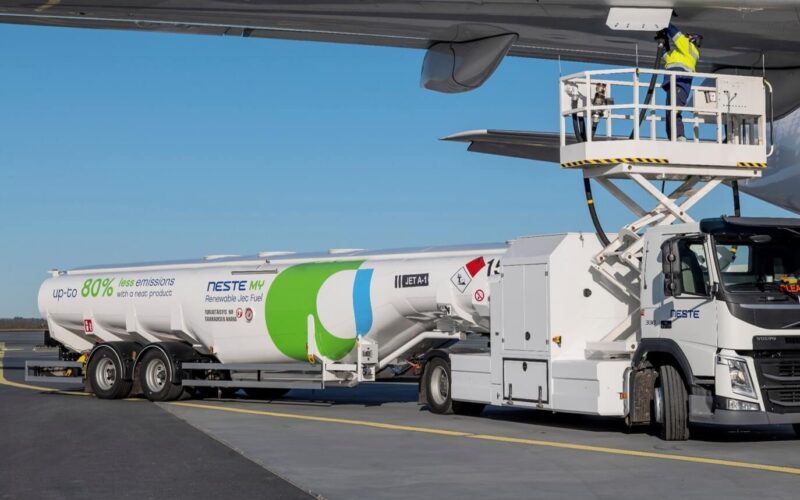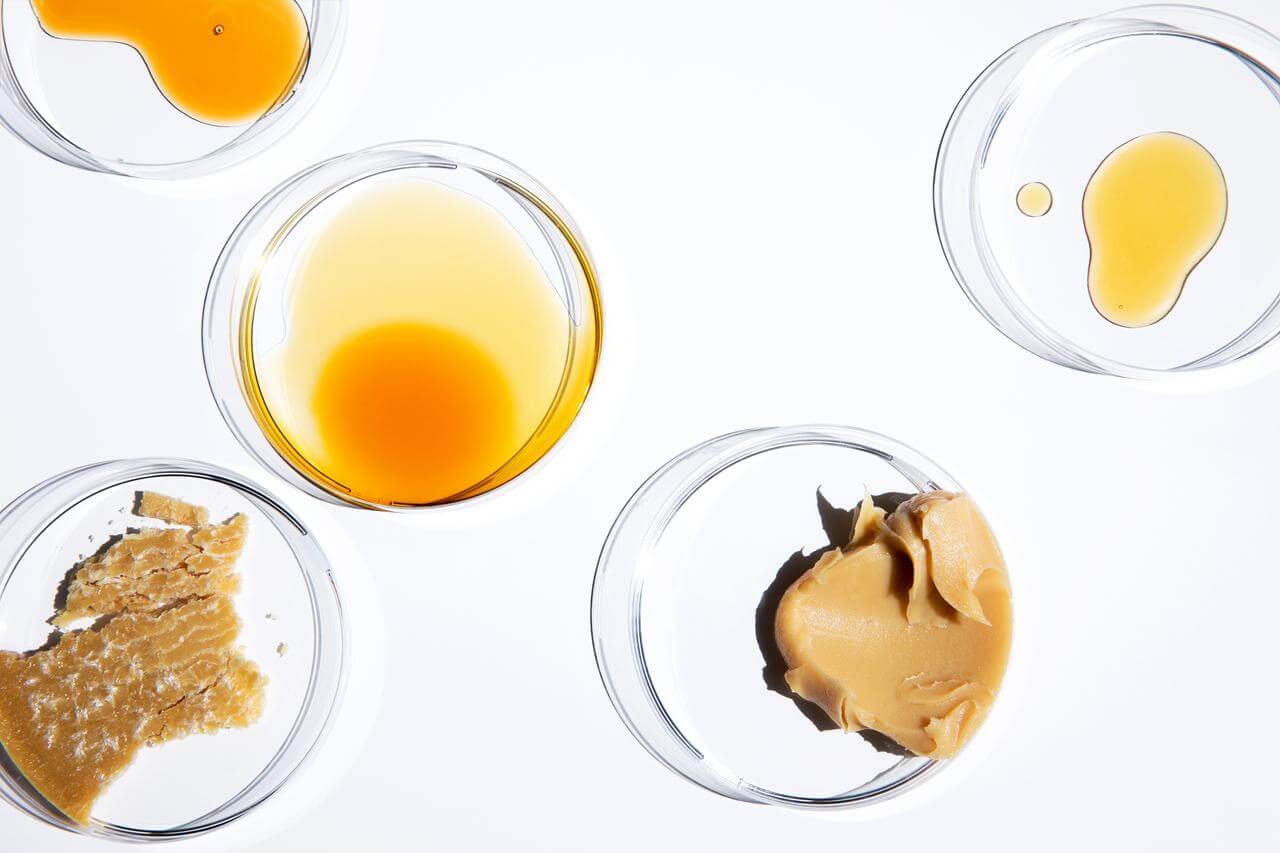Sustainable aviation fuel has become a hot topic over the last year, with airlines seeking to expand their use of the fuel, bolstering efforts to reduce harmful emissions.
AeroTime spoke to Finnish SAF producer Neste about the fuel, ramping up production, and how soon we could see aircraft flying on 100% SAF.
“It’s very exciting to see how much momentum the topic of SAF has gained,” Thorsten Lange, Executive Vice President for Renewable Aviation at Neste, told AeroTime during the Berlin ILA air show, which ran from June 22-25, 2022.
With the fuel gaining in importance, Neste has had to turn down potential SAF customers in 2022, but Lange said that will change in 2023. “We have been victims of our own success. we couldn’t satisfy everyone this year,” he said. The company’s airline customers include KLM, Lufthansa (LHAB) (LHA), United, American, Delta and DHL.
Currently Neste produces 100,000 tons of SAF annually in Porvoo, Finland. However, this will increase sharply by the end of 2023, Lange said, when production facilities in Singapore and Rotterdam come online to take annual production to 1.5 million tons, or 15 times current levels.
Still, it’s a drop in the ocean when you consider that, globally, 300 million tons of fossil fuels were used in 2019.
The International Air Transport Association has called for incentives to expand SAF production and usage. “Irrespective of price, airlines have used every drop of SAF that was available in 2021. And it will be the same for this year. We’d buy more if we could,” IATA director general Willie Walsh told the association’s annual meeting in Doha on June 20, 2022.
Even though airlines and companies are already buying SAF freely, Lange said mandates should be more ambitious, helping to drive investment in SAF.
“Neste was quite brave, we decided to focus on SAF before the regulations and mandates came in,” Lange explained. “The industry needs regulations to drive investment. The EU’s mandate for 2% SAF in 2025 is not a big step, but it’s a step in the right direction.”
The EU mandate is equivalent to just 1 million tons of SAF, Lange noted. “That means, if we look at not only us, but also our rivals, then the industry will have no problem to meet these mandates and also serve the free market.”
SAF is currently 3-5 times more expensive than traditional fuels, but Lange doesn’t expect that to change much.
“No one should expect that price levels will come down. It will remain relatively expensive,” he predicted.
Is SAF enough?
The airline industry has committed to 100% carbon abatement by 2050, with IATA expecting 65% of the target to come from SAF.
There have been fears that airlines are relying too much on SAF and are therefore neglecting other options.
James McMicking, head of strategy at ZeroAvia, which is developing hydrogen-electric powertrains, said SAF was needed to help the industry decarbonize but that it should only be a stopgap.
“We need to be more ambitious. Let’s switch to a new energy system with a pathway to zero emission and a pathway to actually driving carbon dioxide out of the atmosphere with technology,” McMicking told AeroTime at the Berlin ILA air show. “We support SAF, it’s needed. It’s a way of helping the industry decarbonize, but we should not let that distract us from these other technologies.”
However, Lange predicts that SAF will be powering 75% of flights in 2050, with the remaining to be powered by hydrogen or electric.
Lange highlighted the research and efforts being put into power-to-liquid, a synthetically produced liquid hydrocarbon that uses carbon capture.
“We are looking at power-to-liquid, others are. But there are many other ways of producing SAF, and we mustn’t forget that,” he said.
Neste produces its SAF using waste residues, namely used cooking oil and animal fat, with companies to check the traceability of the supply chain and make sure they are not using virgin oil. Lange said other potential feedstocks include municipal waste, algae or wood shavings.
If volumes are to be increased then feedstock bases will have to be expanded, Lange said, highlighting that the EU’s criteria for SAF feedstocks were a bit too narrow. “It’s doable, but it’s been made unnecessarily more difficult. We will manage, but we are keeping an eye on it in the future and especially for future investment decisions in production.”
Feedstock textures, Neste
100% SAF
Tests are underway to prove that older aircraft engines can safely fly on 100% SAF and Lange said he expects airlines will be able to technically fly on 100% SAF before 2030. However, it’s unlikely that an individual airline will be able to fly exclusively on SAF any time soon, Lange added.
That’s because the whole point of SAF is that it can be easily blended with kerosene, meaning it can use existing facilities and giving it a cost advantage. However, if an airline wants to use only SAF, then it will require separate tanks and the cost benefits are lost.
“It’s important to talk about 100% and we want to do it,” Lange clarified. “For example, if an airline says they want to fly only SAF and they have the clientele that is willing to pay, then we have to be able to do it.”
In addition, the volumes remain a challenge.
“If we continue to develop, perhaps in 2-3 years we will be able to produce 2.5 million tons. If other producers are added in, then we could reach 25 million tons, but that’s not even 5% of the 500-million-ton market we expect in 2050.”


